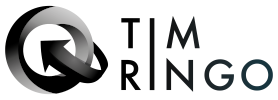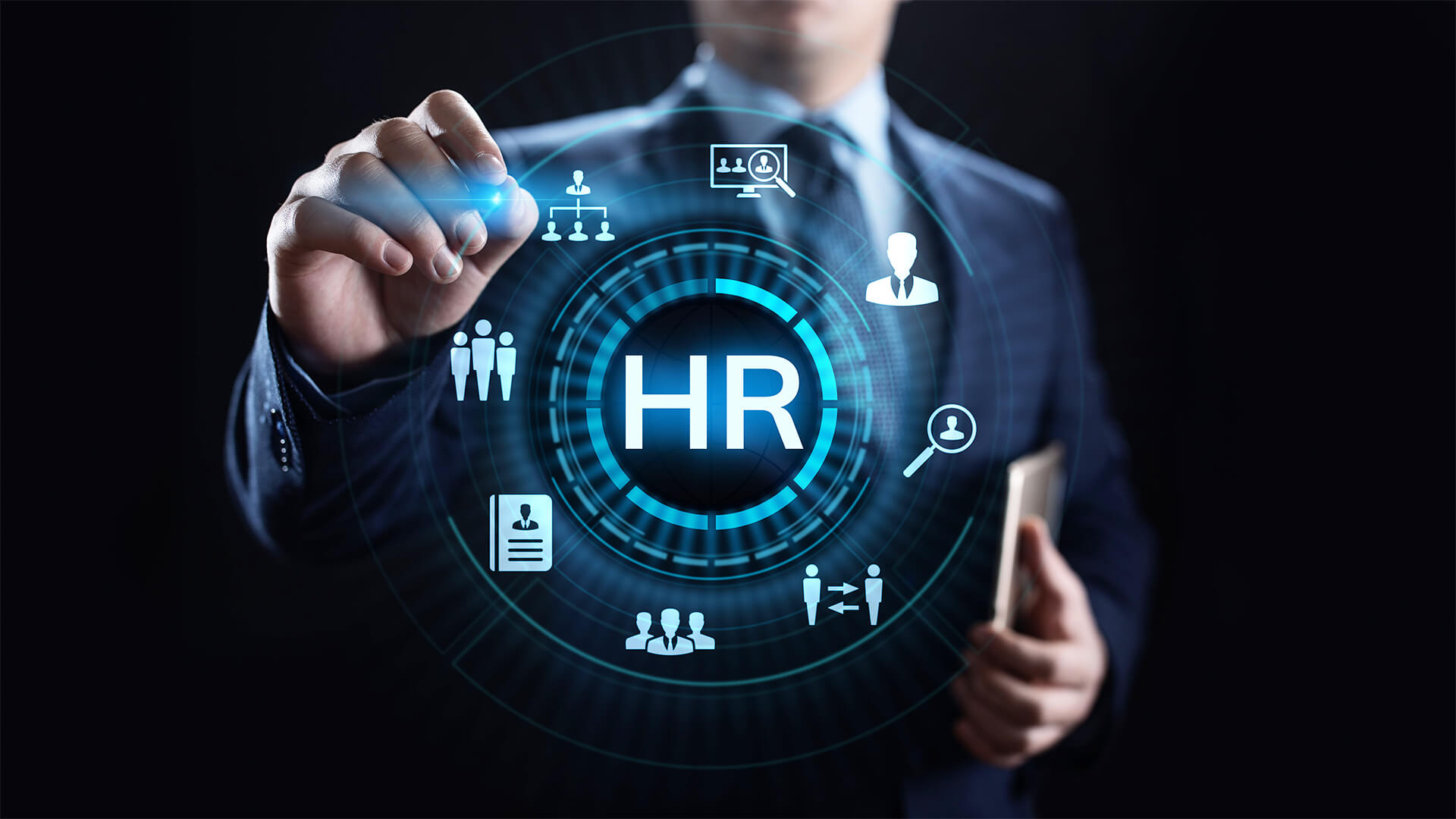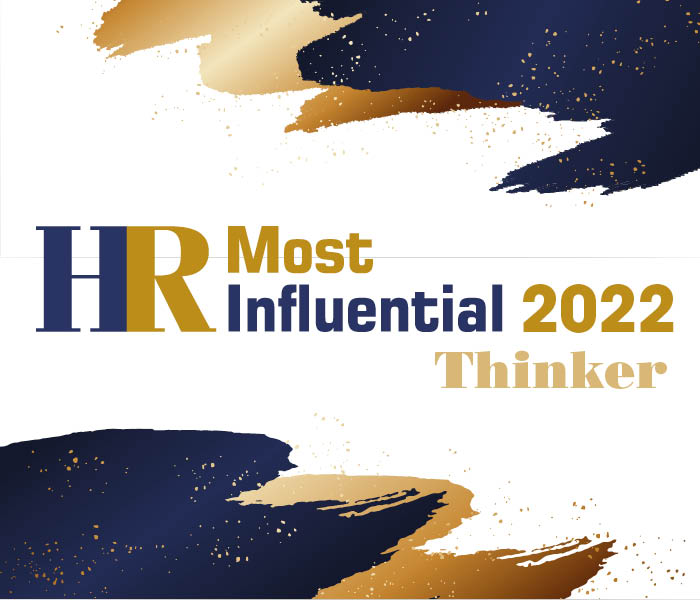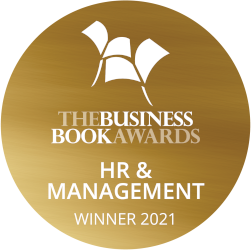Work Smarter, Not Harder Utilising Intelligent Digital HR Technology
(an excerpt from his new book, out in 2022)
During the past ten years, while many organisations have focused mainly on using technology in a one-dimensional effort to automate work, we entered and then quickly zipped past the Era of the Zettabyte (2016). Now, in early 2022, we sit on the verge of the Era of the Yottabyte. OK. So, what is a “yottabyte” in real-world terms and why does it matter?
A rapid surge in the volume of data and the speed with which our machines process this data, has reached almost unimaginable proportions. So powerful has computing become, that we have had to invent new words, whole new terms and new models to describe the size and scale of numbers we are talking about. Not many people will have heard of, let alone used, the numbers “quintillions” and “septillions” or the terms “zettabytes” and “yottabytes” – a yottabyte is a unit of data so large it is equal to one septillion (1024) or, 280 bytes.
We are now at a point that these strange, rarely used words are what is required to describe the massive size, scale and speed of the digital world that surrounds us every day. For example, the number of bytes (the basic unit of information in computing) of data produced every day, is 2.5 quintillion; that is 2.5 followed by EIGHTEEN ZEROES; or 2.5 million-trillion. Only ten short years ago, this number was but a tiny fraction (1/10) of what we see today.
So why does having technology at this scale and speed, matter? Fortunately for us when the COVID19 pandemic came along in early 2020, our digital technology had become sufficiently powerful enough to help us quickly devise new ways of working to mitigate the impact of the global health crisis. Think about it for a moment: had COVID19 happened even just 20 years ago, the world economy probably would have struggled to maintain momentum without the technology we enjoy today. During this crisis, we have effectively leveraged advanced digital computing to maintain a level of workforce engagement and productivity which, for the most part, has mitigated what could have been a catastrophic economic crisis on top of a health crisis.
This, I believe, bodes very well for the future of work, and for the increasing digitalisation of organisations and the HR teams that support them. However, to take full advantage of this moment, there is more work to be done to fully harness this opportunity. At home, we use sophisticated devices and apps to make our lives easier and more efficient. Yet at work, particularly pre pandemic, the office still resembles 1992 – thirty years ago! A PC, a keyboard, a mouse and maybe a printer, which is not all the different from the early days of workplace computing. Increasingly CEOs and senior leaders are asking the question, “why are we digital at home, but not so digital at work?” They are pushing their organisations to create a more end to end digital experience to eliminate costs, reduce errors and improve performance while making their workplaces more attractive to increasingly digital savvy workers.
Unfortunately, the reality is there is still too much implementation of technology for technology’s sake. Systems are rolled out on a continuous basis with poor communication to the workforce of how and why it is necessary and what it is to be used for, overwhelming workers. Despite recent progress, there is still a substantial divide in understanding between IT, HR, and Operations on how best to create a workplace which effectively uses digital technology to communicate, innovate and drive improved performance. Bridging this divide is where the opportunity lies.
Leaders should ask themselves, what would the world of work be like if we helped people harness technology to make them better at their jobs – not make them redundant. Or if we went a step further, putting in place a digitally integrated workforce lifecycle allowing the organisation to match the perfect person to the perfect job; a job that gives purpose, the opportunity to master new things, to drive innovation and improve performance? Getting the right people, right skills, in the right place at the right time, with the right motivation. Machines working for us, and with us, to make work more effective and fulfilling.
To do this, we need to change:
- mindset
- skills
- organisation structure
- and operating models
We need to start with a change in mindset around what technology does and how it does it – our experience needs to change. Software and apps should be designed solely for the benefit of the workforce, not the convenience of the software developer and should be so intuitive to use, they require virtually no training – similar to the apps we use at home.
Secondly, a digital workplace requires new skills and capabilities. For example, holding a meeting on Zoom is very different than doing the same meeting in person. It is not effective to just lift the old analogue meetings and drop them into the digital space. Participants need to learn new interaction skills and behaviours, while the meetings themselves need new sets of rules and parameters.
Thirdly, organisation structures in the 21st century still mirror the hierarchical structures of the 19th and 20th century. Creating a digital workforce lifecycle inside a 200-year-old organisation structure simply codifies the old ways of doing things, changing nothing. Instead, we need flatter more empowered team-oriented structures to make best use of the democratization and collaboration that a digital workplace brings. To do so, frees up the organization to be nimble and innovative; coming up with new ways of doing things along with new products and services.
Lastly, traditional operating models of HR managers having most of the responsibility for talent management and talent development in the organisation need to be retired. The centre of gravity for people management and development should be pushed out from HR and into the hands of the manager and the employee. Intuitive and smart workforce lifecycle technology provides the manager and employee the tools and empowerment to do recruitment, performance management, learning, succession, workforce deployment as needed within their teams. The job of HR becomes more “people performance advisor” than process administrator.
With HR, IT and operations working together with investment from finance, the organisation can bridge the divide and create the digital workforce of the future. But how and where to start?
Tim’s forthcoming book about implementing digital HR transformation (Autumn, 2022) answers that question (and more) using his latest research, real case studies, proven concepts, and models from his 32 years in digital HR transformation. Watch this space for regular excerpts.



